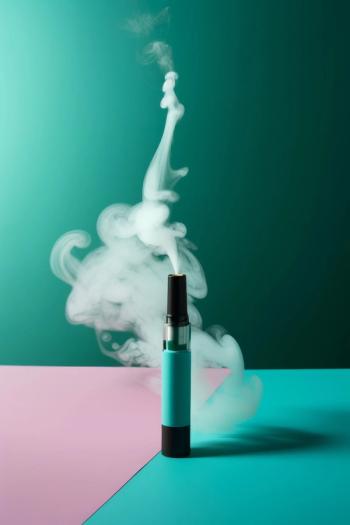
Getting to the Root of a Growing Problem: The Virus and Fungus Affecting Cannabis Plants Worldwide
Hop latent viroid and black root rot are affecting the growth of cannabis plants across the United States as well as other countries.
A recent article published in the journal Viruses declared hop latent viroid (HLVd), first reported in California in 2019, as the biggest concern for cannabis growers worldwide (1). In 2021, clone cultivator Dark Heart Nursery released their findings of a survey of California cannabis growers across California, revealing a sample of the widespread effect. “After some 200,000 tissue tests, 90% of California facilities researched were testing positive for hop latent viroid (HpLVD). All told, the presence of that pathogen—to that degree—could account for a $4 billion loss in cannabis crops,” stated Dark Heart Nursery (2). Furthermore, there is no chemical treatment available for controlling the disease and most infected plants remain asymptomatic (1).
“In susceptible cultivars HLVd induces symptoms such as shorter internodal spacing, smaller leaves, stunting, malformation (outwardly horizontal plant structure), chlorosis, brittle stems, reduced vigor, lower water intake, reduced flower mass and trichomes,” the study reported (1). “At the flowering stage, susceptible plants typically show smaller and looser buds, weaker flower smell and less trichome production.” Infected crops can see a 50% - 70% loss in tetrahydrocannabinol (THC) content, along with a reduction in other cannabinoids and terpenes (3).
“Everybody is shipping clones from here to there, and nobody was testing, or nobody was aware of any methodology to test for this virus,” said Oussama Badad, co-founder and chief scientific officer of Growmics (4). “What we did was basically spread it all over the planet. Anybody receiving any plants from the United States, especially from California, has the viroid in their grow.”
Among other strategies, controlling the viroid involves testing and quarantining new crops that could potentially be carries for HLVd. “The basis of viroid control is the production of viroid-free propagative materials,” the study stated (1). “To date, HLVd-resistant cannabis cultivars are not known. Meristem tissue culture is the only effective control method via which infected plants can be saved.”
Just as the HLVd is likely to be present in facilities across Canada, black root rot is also being documented. First documented in hemp plants in Kentucky in 2019, the fungus was recently identified in British Columbia and was declared a pandemic in Australia on cotton crops (5). Black root rot grows inside the root, eventually causing the plant to die, said Chris Dumigan, a Ph.D. candidate in biology at the University of British Columbia Okanagan (5). “If you don’t detect it early, you can’t quarantine the infected crops, and it’s just going to spread through your facility,” Dumigan explained. However it is not expected to be as financially devastating as HLVd, said David Kessler, Agrify’s chief science officer, because of the unique aeroponic growing conditions in the facility where the fungus was detected (5).
References
https://www.mdpi.com/1999-4915/15/3/681 https://www.cannabisbusinesstimes.com/news/cannabis-hop-latent-viroid-infections-dark-heart-nursery-crop-loss/ https://stratcann.com/insight/the-hop-latent-viroids-warning-shot-to-the-canadian-cannabis-industry/ https://mjbizdaily.com/experts-sound-alarm-over-global-spread-of-cannabis-viroid/ https://mjbizdaily.com/new-research-confirms-plant-killing-black-root-rot-in-marijuana-facility/
Newsletter
Unlock the latest breakthroughs in cannabis science—subscribe now to get expert insights, research, and industry updates delivered to your inbox.




